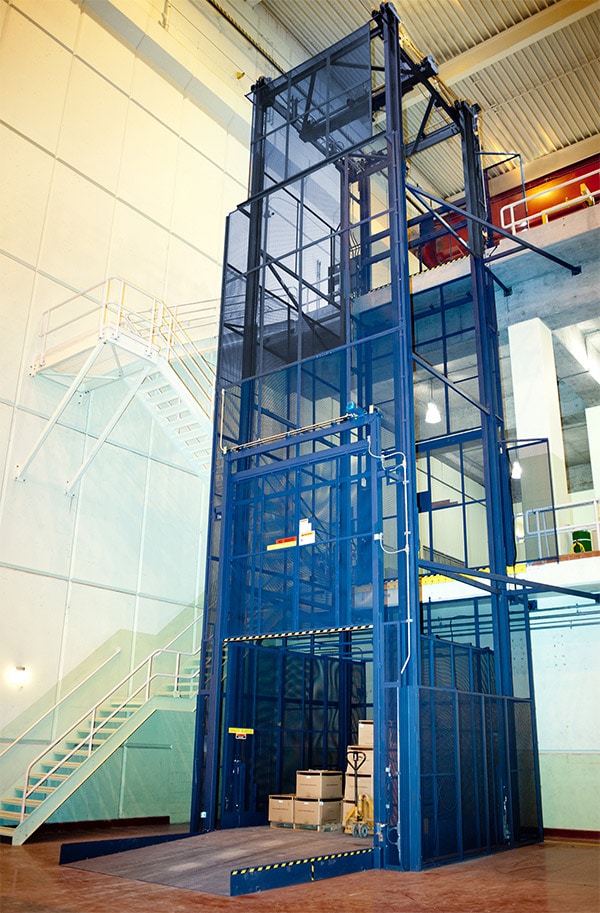Crush Downtime with Preventive Maintenance
Preventative maintenance is your secret weapon against downtime. It's like that ounce of prevention that saves you a pound of trouble (and a hefty repair bill). Here's why a well-defined preventive maintenance program is a game-changer:
- Dodge the Downtime Demon: Say goodbye to unexpected breakdowns that halt production.
- Slash Repair Costs: Catch small issues early to avoid expensive repairs later.
- Extend Your VRC's Lifespan: Regular care keeps your equipment running smoothly for years to come.
- Safety First: Reduce the risk of accidents caused by malfunctioning equipment.
- Peak Performance, Maximum Efficiency: Regularly maintained machinery operates at its best, leading to optimized productivity.
Let's break down the key steps involved in a thorough, scheduled inspection.
8 Critical Steps to Keep Your VRC Running Smoothly
Inspection protocols can vary depending on your specific VRC model and any custom features. While PFlow provides detailed checklists for each model, here are some key steps that apply to any VRC. Please note that preventive maintenance should be conducted only by a qualified and trained service technician.
1. Consult the PFlow Playbook
2. Put Safety First
Before you get started, prioritize safety by following PFlow’s safety protocols located in owner’s manuals and preventive maintenance checklists.
3. Scrutinize Safety Components
4. Check All Operational Components
5. Electrical Check-Up
Inspect all electrical components, checking for signs of wear/damage, or loose connections and frayed wires.
Inspect all push-button stations and/or HMIs, ensuring that the VRC operates as intended. Make sure all moving parts are operating properly with no signs of improper friction or wear. Incorrectly aligned or loose moving parts will become worse if not fixed and can damage other parts or cause excessive wear or strain on your system.
6. Ensure Level Stops
Verify that the VRC stops flush with the floor or ramp at each level. Misalignment can lead to loading and unloading issues and may also indicate that the unit has been overloaded or operated incorrectly.
7. Make it Clear
Inspect and clean areas under and around the VRC.to remove debris or obstructions that could hinder operation.
8. Document and Report
Keeping accurate records is crucial. It ensures that issues are addressed promptly and helps you track maintenance history and identify potential problems early. Remember to document and correct any unsafe conditions immediately.
PFlow’s Got Your Back
The Human Factor
Regular inspections in VRCs are about more than just checking for broken wires or malfunctioning equipment. They're crucial for identifying potential human error.
Imagine users skipping safety briefings or rushing through calibration steps. This can lead to damaged equipment, hinder equipment performance, and most importantly, create unsafe situations for users.
Regular checks ensure everything is being used as intended. This involves verifying users follow safety protocols and that the area surrounding the equipment is clear of obstacles. These are essential preventative measures, forming the backbone of a safe and smooth VRC operation.
PFlow VRCs: More Than a Product, a Partnership
Preventive maintenance is key to keeping your equipment running safely and at optimal performance. As stated early, preventive maintenance should be conducted only by a qualified and trained service technician. Don’t have a qualified/trained tech? PFlow can help. Our team of Field Service reps can provide the on-site technical support you need!

